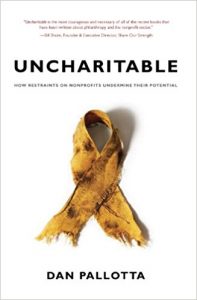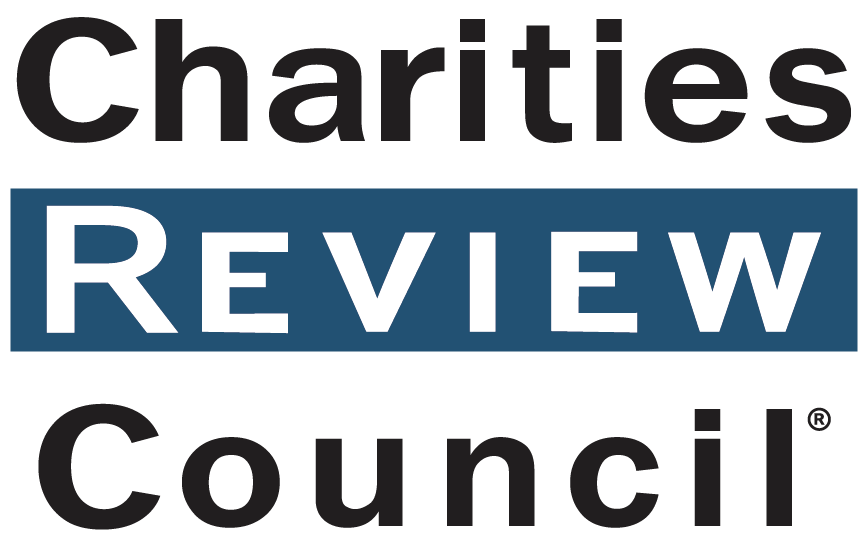In order to ensure that their dollars are being used as intended, donors have a responsibility to research nonprofits before choosing whether or not to support their work. But it is up to nonprofits to be able to communicate their programs, financial information, governance, and impact in a transparent, accessible, and meaningful way.
As we discussed a few weeks ago, the “overhead ratio” is a common measurement used by donors to determine whether a charity is efficiently using donor dollars. The ratio, or “Use of Funds” as we call it at the Charities Review Council, is the percentage of nonprofit expenses that go to administrative and fundraising costs. It is public information that is simple to calculate and easy to understand, but alone, it is a poor measure of an organization’s performance.
The ratio serves as just one way donors and nonprofits seek to establish a trusting relationship.
Donors want to know that their hard-earned dollars are being put to good use. But as Council Associate Director and finance guru, Amy Sinykin, points out, “the calculation of this ratio is more of an art than a science.” The way that an organization allocates its expenses to program, fundraising, and administrative buckets is not well-regulated or standardized.
Though the IRS provides some guidance, there are different means of calculating a nonprofit’s financial ratio, according to Nonprofits Assistance Fund (NAF). Some organizations may code every working hour of each employee as time and money spent on programming, fundraising, or administration. Others might just estimate their annual staff time allocation based on a two-week sample. Furthermore, some guidelines suggest that volunteer management be considered fundraising expenses and others recommend that it fall into the program or management bucket. Consequently, it becomes difficult to attempt to compare nonprofits and the efficiency of organizations based solely on this number.
In an interview with Social Velocity, Kate Barr, the Executive Director of NAF, said “that the functional expense ratio doesn’t measure nonprofit effectiveness, efficiency, or accountability. The challenge now is communication and education.” Moving beyond the overhead ratio will require active engagement on the part of both donors and nonprofits to develop a new vocabulary for evaluating the work of nonprofits.
Nonprofits must direct adequate resources to core infrastructure and capacity building activities such as evaluation, staff development, planning, IT systems, and financial and human resources management to continue furthering their respective missions. However, this does not mean that funneling financial information to fit within the confines of a ratio suffices as a means of providing donors with information about the work of an organization.

Dan Pallotta, author of Uncharitable: How Restraints on Nonprofits Undermine Their Potential, says “The question that is completely overlooked, of course, concerns the charity’s effectiveness in achieving its mission—in other words, how good is it at doing what it’s supposed to be good at? With the money it has for the needy, how well does it serve them? How effective is its approach?” For example, Pallotta points out that Soup Kitchen A could use 90% of a donation to directly support their cause, while Soup Kitchen B uses 60%. Soup Kitchen A would appear to be a more efficient organization on paper, but Pallotta says this measurement ignores whether or not each organization is providing nutritional soup in a clean environment. Soup Kitchen B provides superior services, however, is at risk of being sidelined because too many people rely solely on the ratio concept.
It is up to nonprofits to encourage donors to look beyond this measurement to see the true impact of an organization.
Here are four ways nonprofits can talk about their impact, beyond “the overhead ratio”:
- Educate your donors: Link to our donor post in your next e-newsletter or write an article for your print newsletter, urging your supporters to move beyond the ratio towards a better understanding of nonprofit impact.
- Build trust: Consider including a note from your Executive Director describing your use of funds on your website. Answer the following questions: Why is your ratio different than other nonprofits? Are you undergoing change? What about your programming requires this breakdown of expenses? What about the new nonprofit landscape has created this shift? What is your community impact as a result of your budget?
- Be transparent: Include narrative explaining your financials in your annual report, encouraging donors to ask questions. Consider posting a Financial FAQ page on your website to clear up any questions or confusion.
- Have conversations: Use social media, phone calls, meetings, and conferences to talk about your organization’s impact or why it’s use of funds might be questioned by a donor. Write a blog post about what makes you an outlier to that standard ’70/30 split’ and we’ll post it on the Smartgivers blog to share with readers!
In order to continue making a positive impact within communities, both donors and nonprofits need to look beyond “the overhead ratio” when considering the effect of the initiatives championed by nonprofits.


